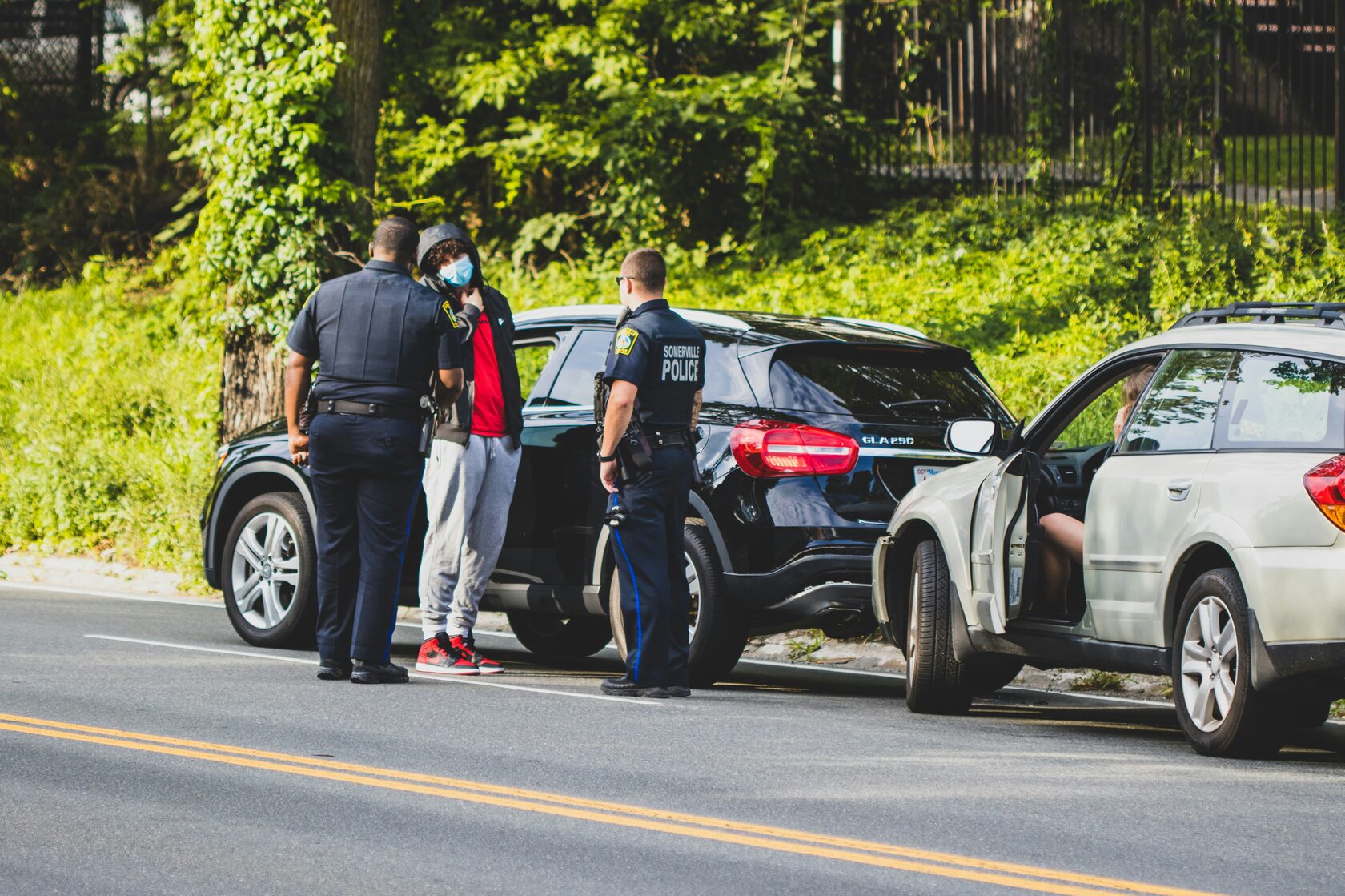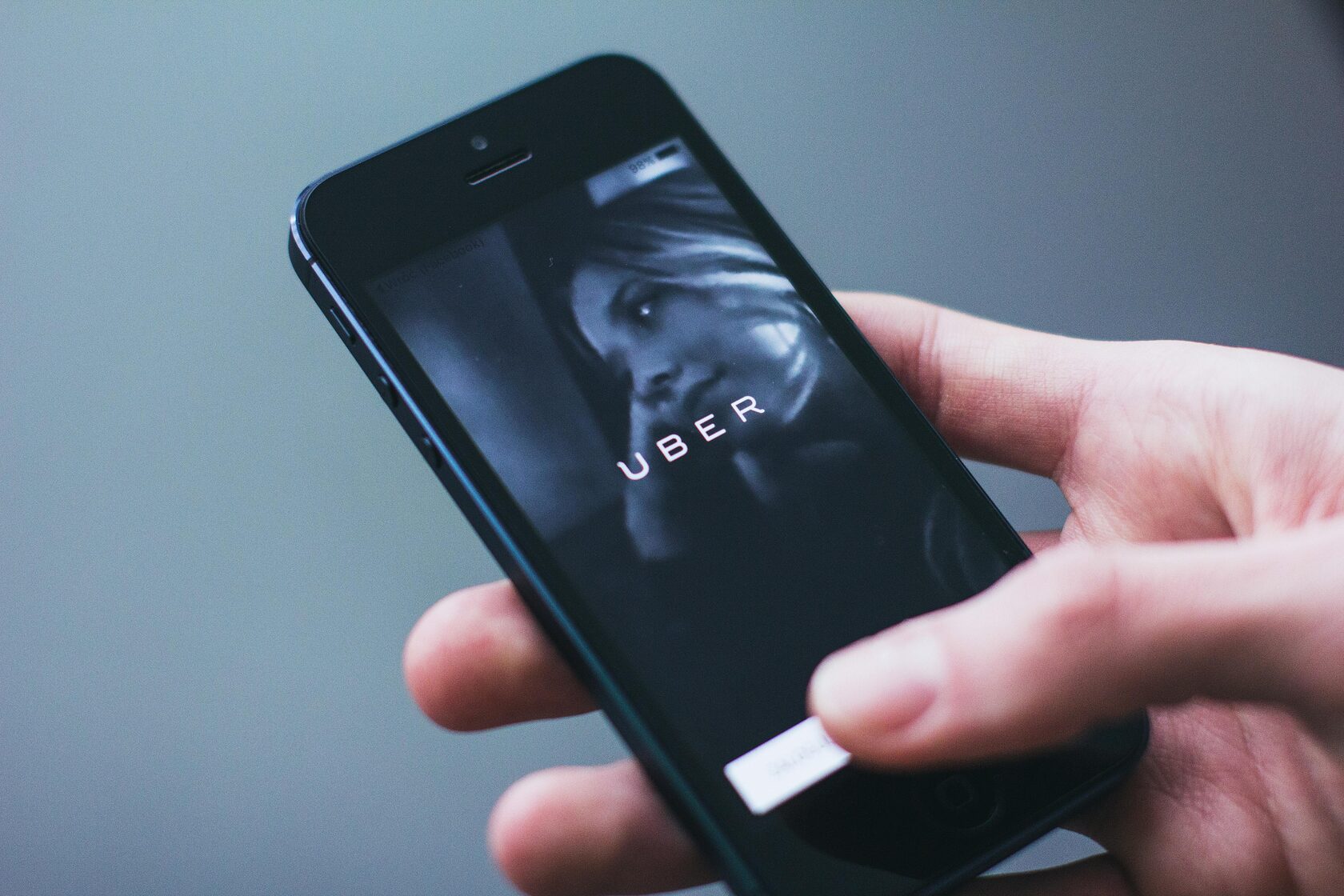Navigating Car Accidents Involving Uber, Lyft, or Other Ridesharing Apps

In today’s fast-paced world, ridesharing apps like Uber and Lyft have revolutionized transportation. They offer convenience and flexibility, making it easier for people to get around without the need for their own vehicles. However, with the rise in the number of ridesharing vehicles on the road, there has also been an increase in car accidents involving these services. If you find yourself involved in an accident with a rideshare vehicle, it is crucial to understand your rights and the legal complexities involved. At Demidchik Law Firm, our experienced ridesharing accident attorneys are here to help you navigate this challenging process and secure the compensation you deserve.
The Complexity of Ridesharing Accidents
Ridesharing accidents can be more complex than typical car accidents due to the multiple parties involved. Unlike a regular car accident, a rideshare accident may involve the ridesharing company, the driver, and even third-party insurance providers. Understanding who is liable and what kind of insurance coverage applies can be a daunting task without professional legal assistance.
Liability in Ridesharing Accidents
One of the primary issues in ridesharing accidents is determining liability. In a typical car accident, the fault is generally assigned to one or more drivers involved in the crash. However, in ridesharing accidents, the liability may extend to the ridesharing company itself. Here’s how liability is typically determined in these cases:

1. Driver’s Status:
The rideshare driver's status at the time of the accident is crucial in determining liability. Ridesharing companies like Uber and Lyft have different insurance coverages depending on whether the driver is offline, online but waiting for a ride request, en route to pick up a passenger, or actively transporting a passenger.
- Offline: If the driver is offline and not using the ridesharing app, their personal insurance coverage applies.
- Online, No Passenger: If the driver is online and waiting for a ride request, the ridesharing company’s contingent liability coverage may apply, usually up to a certain limit.
- En Route or Transporting: If the driver is en route to pick up a passenger or is actively transporting a passenger, the ridesharing company’s commercial insurance policy is typically in effect, providing higher coverage limits.
2. Driver’s Negligence:
If the rideshare driver is found to be negligent, such as driving under the influence, distracted driving, or reckless driving, they can be held liable for the accident. However, proving negligence requires thorough investigation and evidence collection.
3. Third-Party Liability:
In some cases, a third party may also be liable for the accident. For instance, if another vehicle caused the crash or if poor road conditions or defective vehicle parts contributed to the accident, those parties may be held responsible.
The Role of Insurance in Ridesharing Accidents
Insurance coverage is a critical aspect of ridesharing accidents. Both Uber and Lyft provide insurance coverage for their drivers, but the extent of this coverage depends on the driver’s status at the time of the accident. Understanding these nuances is essential for pursuing a successful claim.
Uber and Lyft’s Insurance Policies
Both Uber and Lyft offer tiered insurance policies that cover different scenarios:
1. Offline: When the driver is not using the app, their personal auto insurance is the only coverage available.
2. Online, Awaiting Ride Request: During this period, both companies provide contingent liability coverage, which typically includes:
1. Offline: When the driver is not using the app, their personal auto insurance is the only coverage available.
2. Online, Awaiting Ride Request: During this period, both companies provide contingent liability coverage, which typically includes:
- $50,000 per person for bodily injury
- $100,000 per accident for bodily injury
- $25,000 per accident for property damage
- $1 million third-party liability
- Uninsured/underinsured motorist bodily injury coverage
- Contingent comprehensive and collision coverage (if the driver also has personal comprehensive and collision coverage)
Steps to Take After a Ridesharing Accident
If you are involved in an accident with a rideshare vehicle, there are several steps you should take to protect your rights and strengthen your claim:
1. Ensure Safety: The first priority is safety. Check for injuries and seek immediate medical attention if necessary. Move to a safe location if possible.
2. Call the Police: Report the accident to the police and request an accident report. The police report can be a crucial piece of evidence in your claim.
1. Ensure Safety: The first priority is safety. Check for injuries and seek immediate medical attention if necessary. Move to a safe location if possible.
2. Call the Police: Report the accident to the police and request an accident report. The police report can be a crucial piece of evidence in your claim.

3. Gather Information: Collect information from all parties involved, including:
5. Notify the Rideshare Company: Report the accident to the rideshare company through their app or customer service. This step is essential for triggering the company’s insurance coverage.
- Driver’s name and contact information
- Rideshare company (Uber, Lyft, etc.)
- Vehicle information (make, model, license plate)
- Insurance details
- Witness contact information
5. Notify the Rideshare Company: Report the accident to the rideshare company through their app or customer service. This step is essential for triggering the company’s insurance coverage.

6. Consult a Ridesharing Accident Attorney: Contact an experienced ridesharing accident attorney to discuss your case. An attorney can guide you through the legal process, handle communications with insurance companies, and help you pursue the compensation you deserve.
Pursuing a Claim for Compensation
After a ridesharing accident, you may be entitled to various forms of compensation, including:
- Medical Expenses: Coverage for medical bills, rehabilitation costs, and future medical expenses related to the accident.
- Lost Wages: Compensation for lost income due to time missed from work, including future earning potential if the injury affects your ability to work.
- Pain and Suffering: Damages for physical pain, emotional distress, and reduced quality of life resulting from the accident.
- Property Damage: Reimbursement for repair or replacement of your vehicle and any other damaged property.
Challenges in Ridesharing Accident Claims
Ridesharing accident claims can be challenging due to several factors:
- Multiple Parties Involved: Determining liability can be complex when multiple parties are involved, including the rideshare driver, the rideshare company, and other drivers or third parties.
- Insurance Companies: Dealing with insurance companies can be daunting, as they may attempt to minimize payouts or deny claims. Having a knowledgeable attorney on your side can help level the playing field.
- Evidence Collection: Gathering sufficient evidence to prove liability and damages can be challenging. An experienced attorney can assist in collecting and presenting the necessary evidence.
The Importance of Legal Representation
Navigating the aftermath of a ridesharing accident can be overwhelming and complex, especially when multiple parties and insurance policies are involved. Legal representation is crucial in these situations to ensure that your rights are protected and that you receive the compensation you deserve. At Demidchik Law Firm, our experienced Lyft/Uber accident attorneys are dedicated to guiding you through every step of the legal process. We understand the intricacies of rideshare accident claims and are equipped to handle the various challenges that may arise, from determining liability to negotiating with insurance companies.
An attorney's expertise is invaluable in building a strong case. They can conduct thorough investigations to gather evidence, such as accident reports, witness statements, and expert testimonies, to establish fault and quantify damages. Additionally, an attorney can navigate the often-complex communication with insurance companies, which may attempt to minimize payouts or deny claims. By having skilled legal representation, you increase your chances of securing a fair settlement or winning a favorable verdict in court. At Demidchik Law Firm, we are committed to providing personalized and aggressive representation to ensure that you receive the full compensation for medical expenses, lost wages, pain and suffering, and other damages resulting from the accident.
An attorney's expertise is invaluable in building a strong case. They can conduct thorough investigations to gather evidence, such as accident reports, witness statements, and expert testimonies, to establish fault and quantify damages. Additionally, an attorney can navigate the often-complex communication with insurance companies, which may attempt to minimize payouts or deny claims. By having skilled legal representation, you increase your chances of securing a fair settlement or winning a favorable verdict in court. At Demidchik Law Firm, we are committed to providing personalized and aggressive representation to ensure that you receive the full compensation for medical expenses, lost wages, pain and suffering, and other damages resulting from the accident.

Why Choose Demidchik Law Firm?
- Experience and Expertise: Our attorneys have extensive experience handling ridesharing accident cases. We understand the unique challenges these cases present and have a proven track record of successful outcomes.
- Personalized Approach: We provide personalized legal representation, tailoring our strategies to meet the specific needs and circumstances of each client.
- Thorough Investigation: We conduct thorough investigations to gather evidence, interview witnesses, and build a strong case on your behalf.
- Negotiation Skills: Our attorneys are skilled negotiators who can effectively communicate with insurance companies to secure fair settlements.
- Trial Readiness: If a fair settlement cannot be reached, we are prepared to take your case to court and advocate for your rights before a judge and jury.
Conclusion
Car accidents involving ridesharing apps like Uber and Lyft can be complex and challenging to navigate. Understanding liability, insurance coverage, and the steps to take after an accident is crucial for protecting your rights and securing the compensation you deserve. At Demidchik Law Firm, our experienced personal injury attorneys are here to guide you through this process and provide the expert legal representation you need. If you or a loved one has been involved in a ridesharing accident, contact us today for a free consultation and let us help you achieve the best possible outcome for your case.